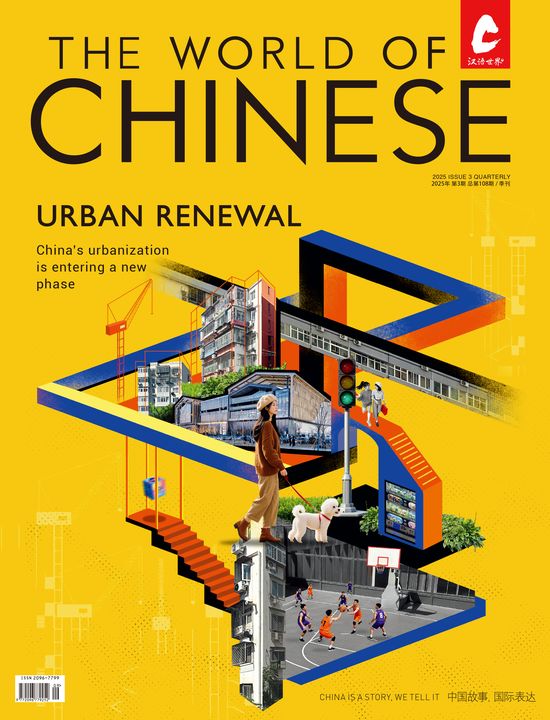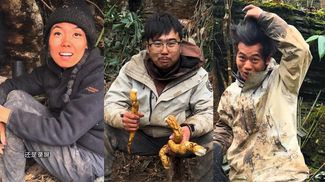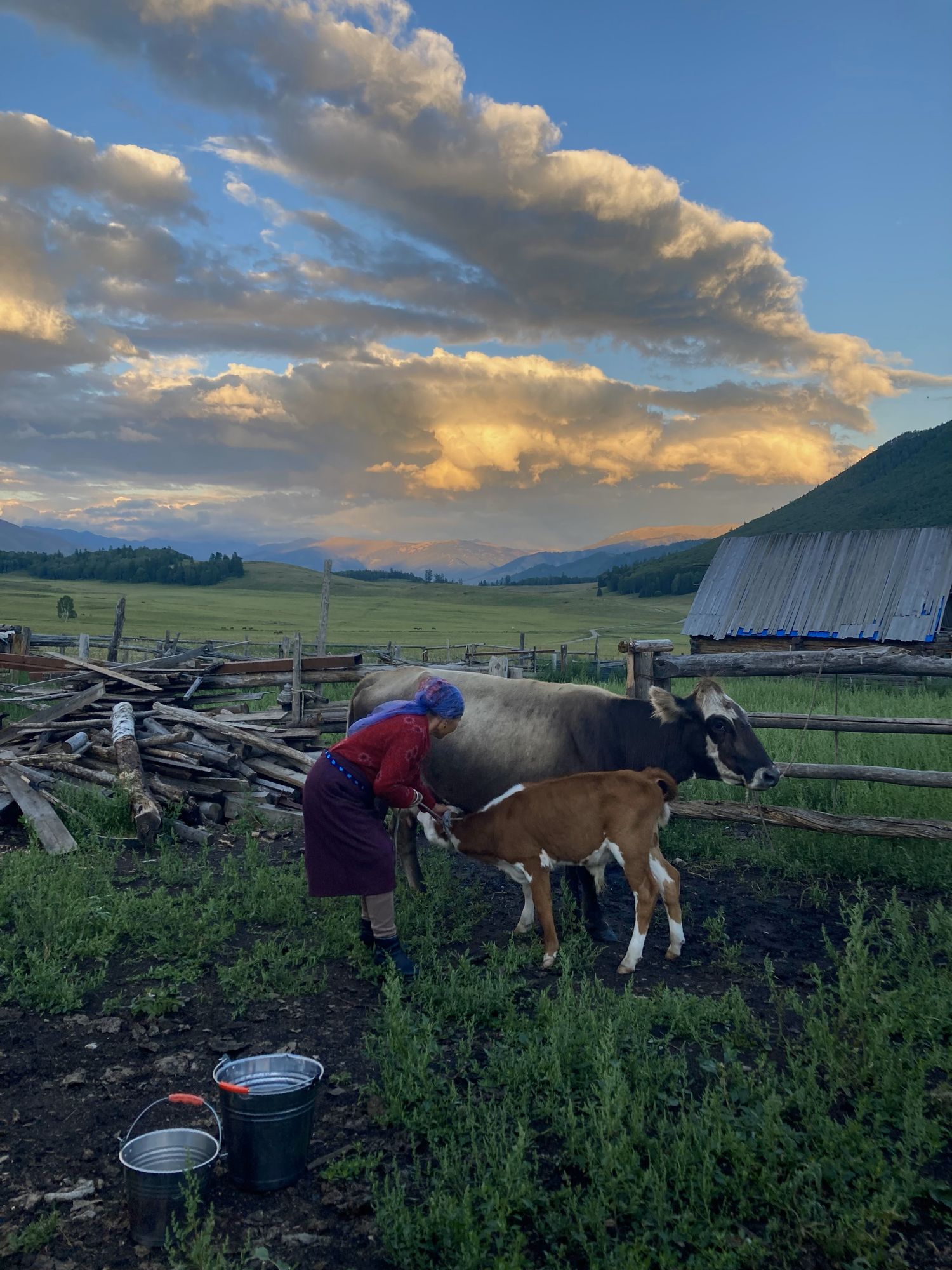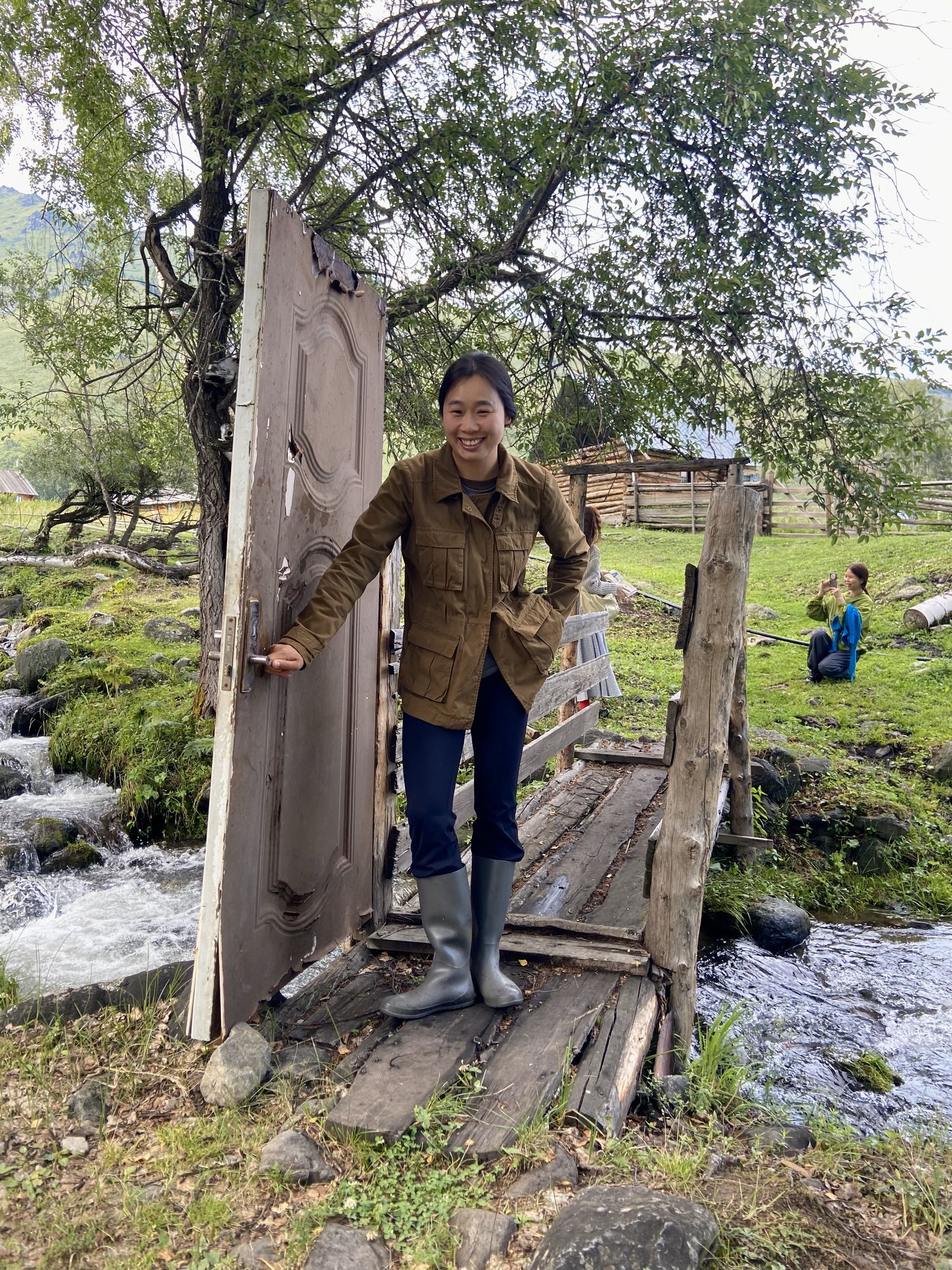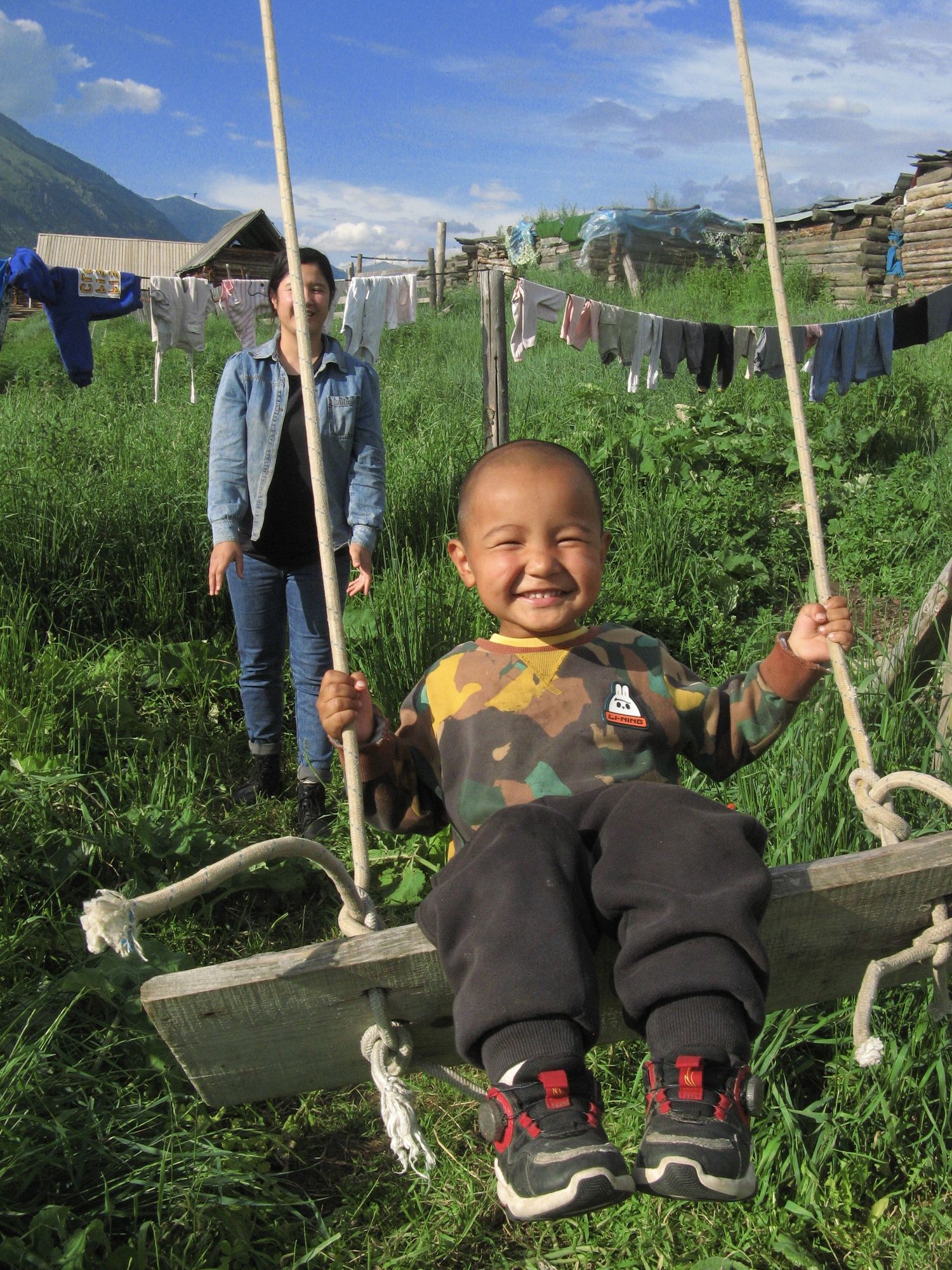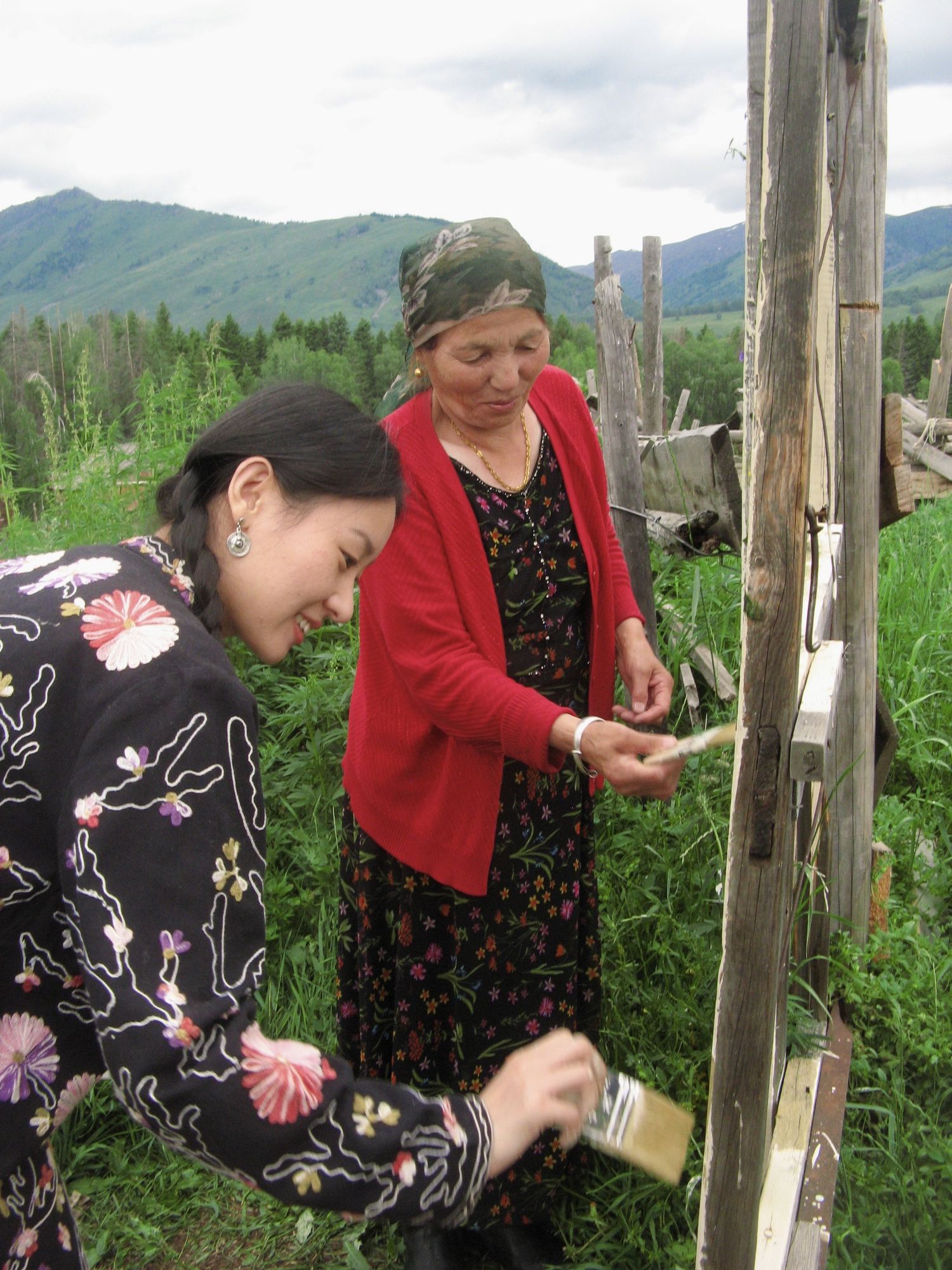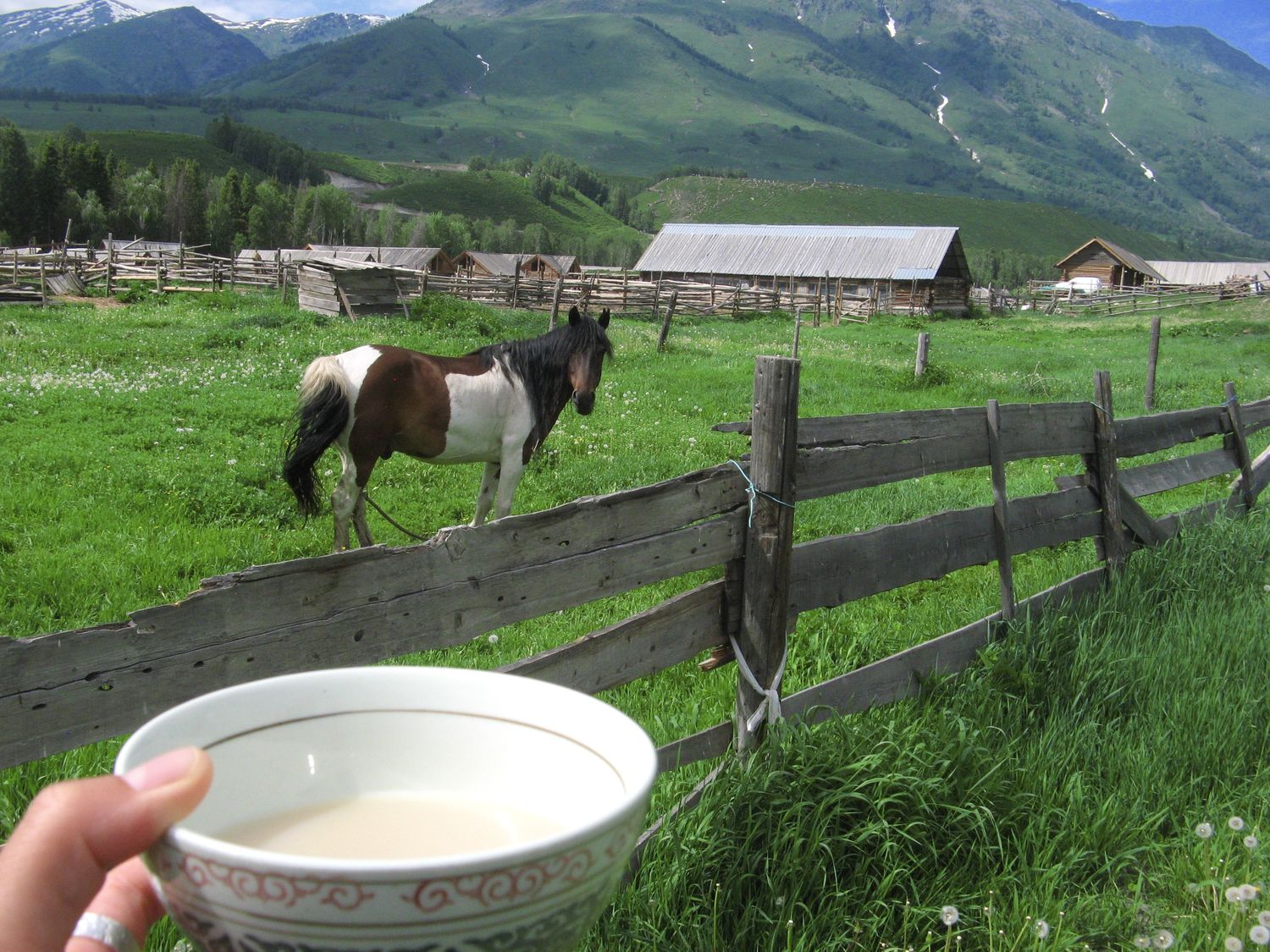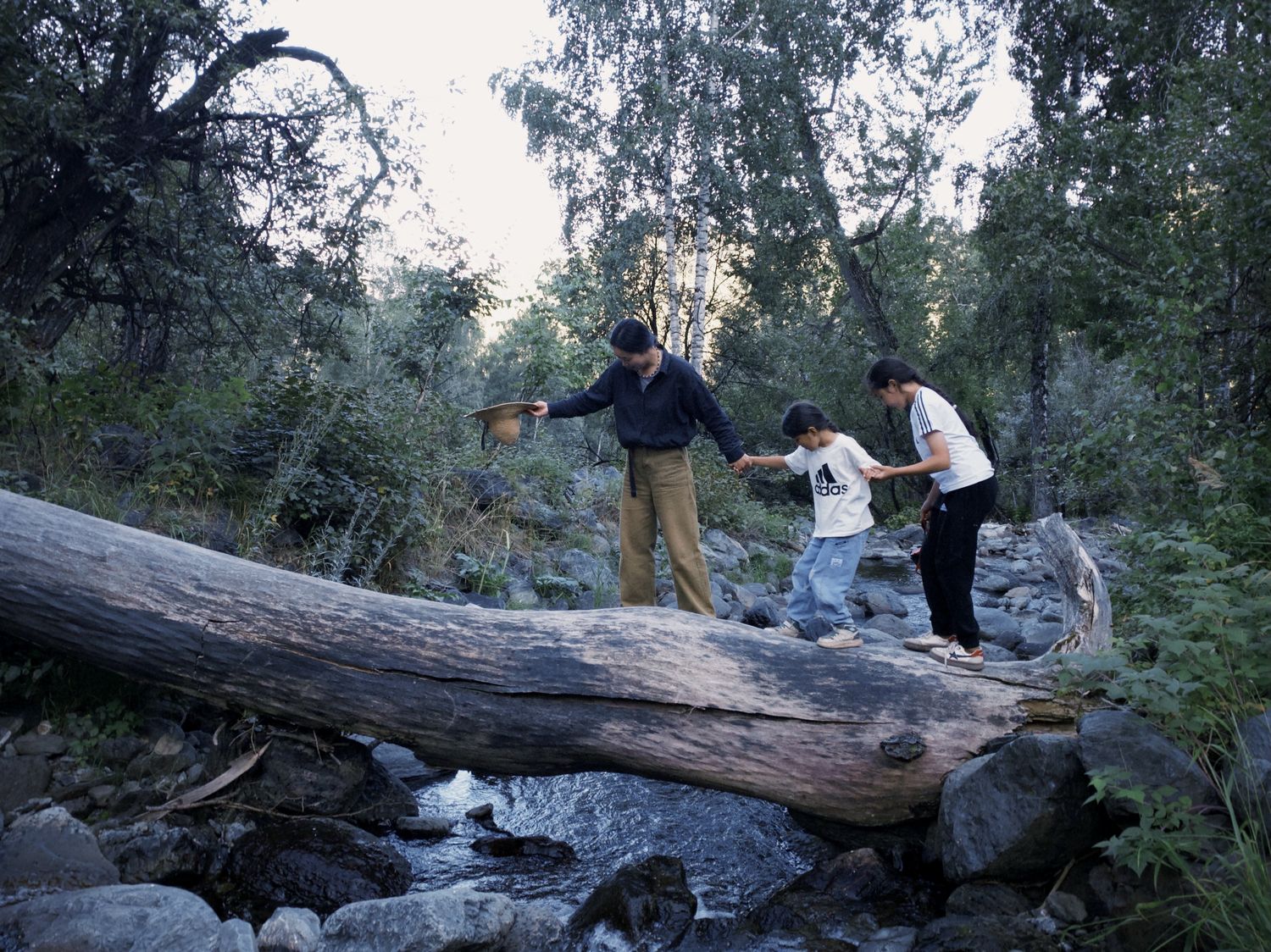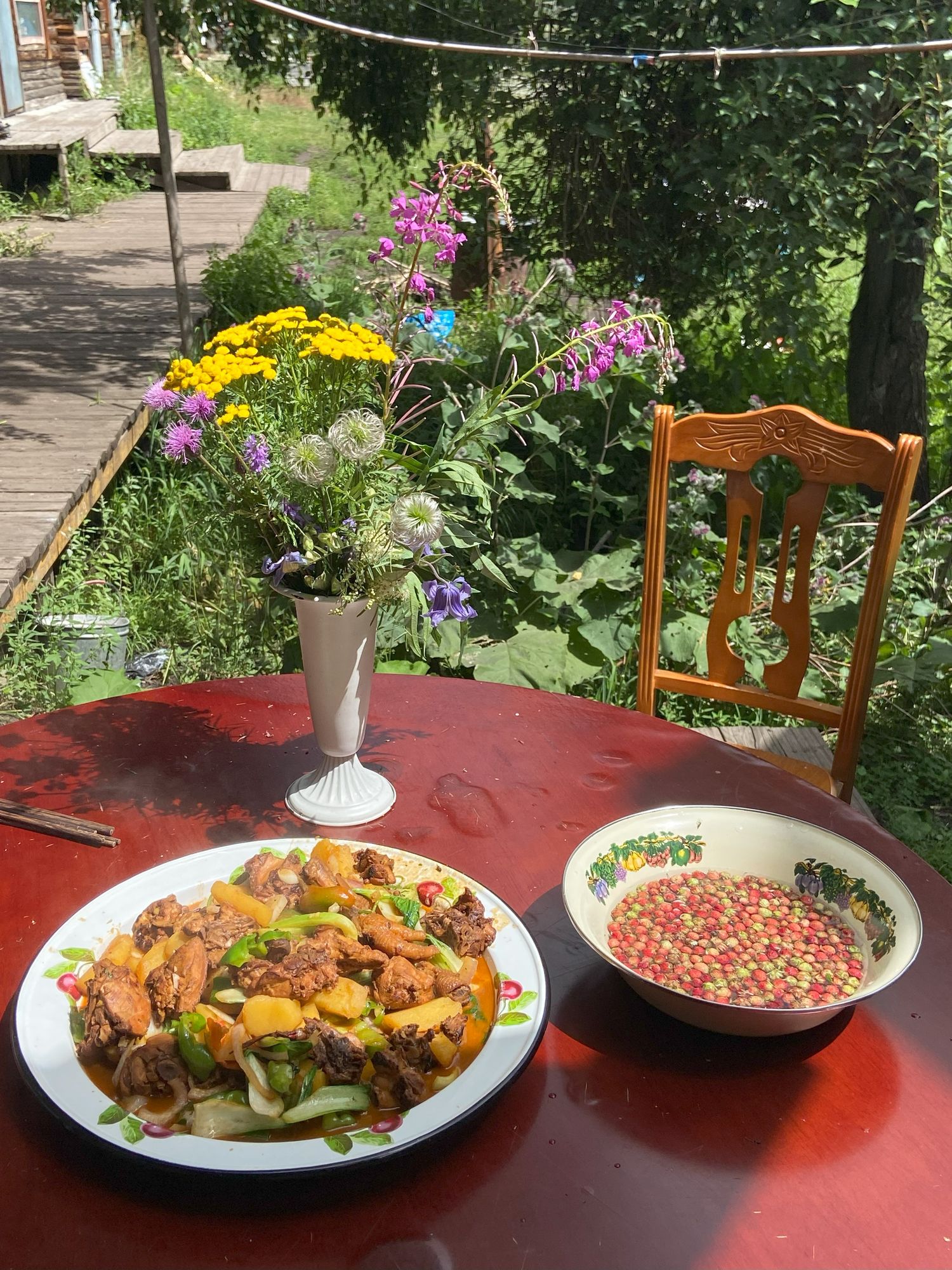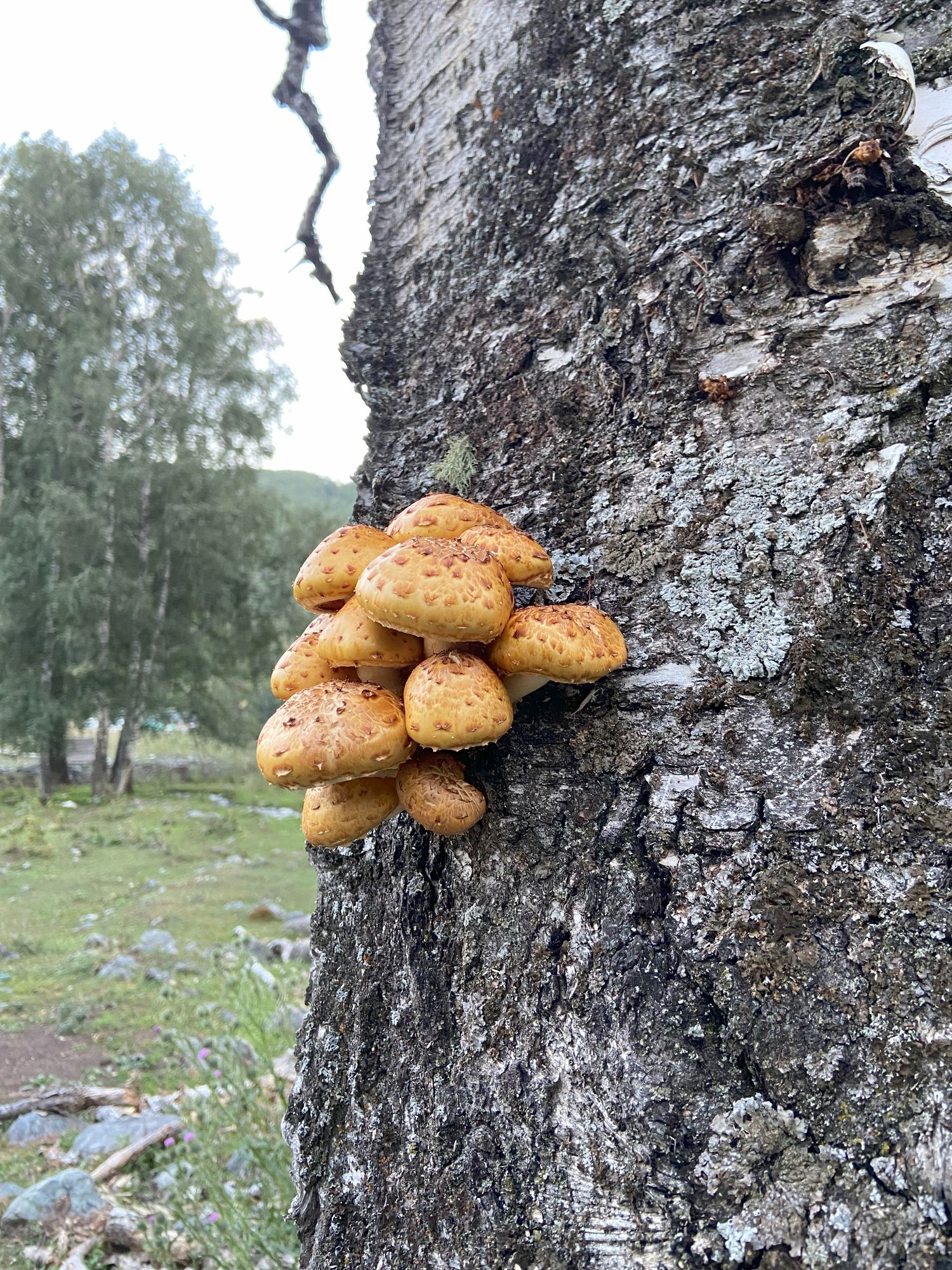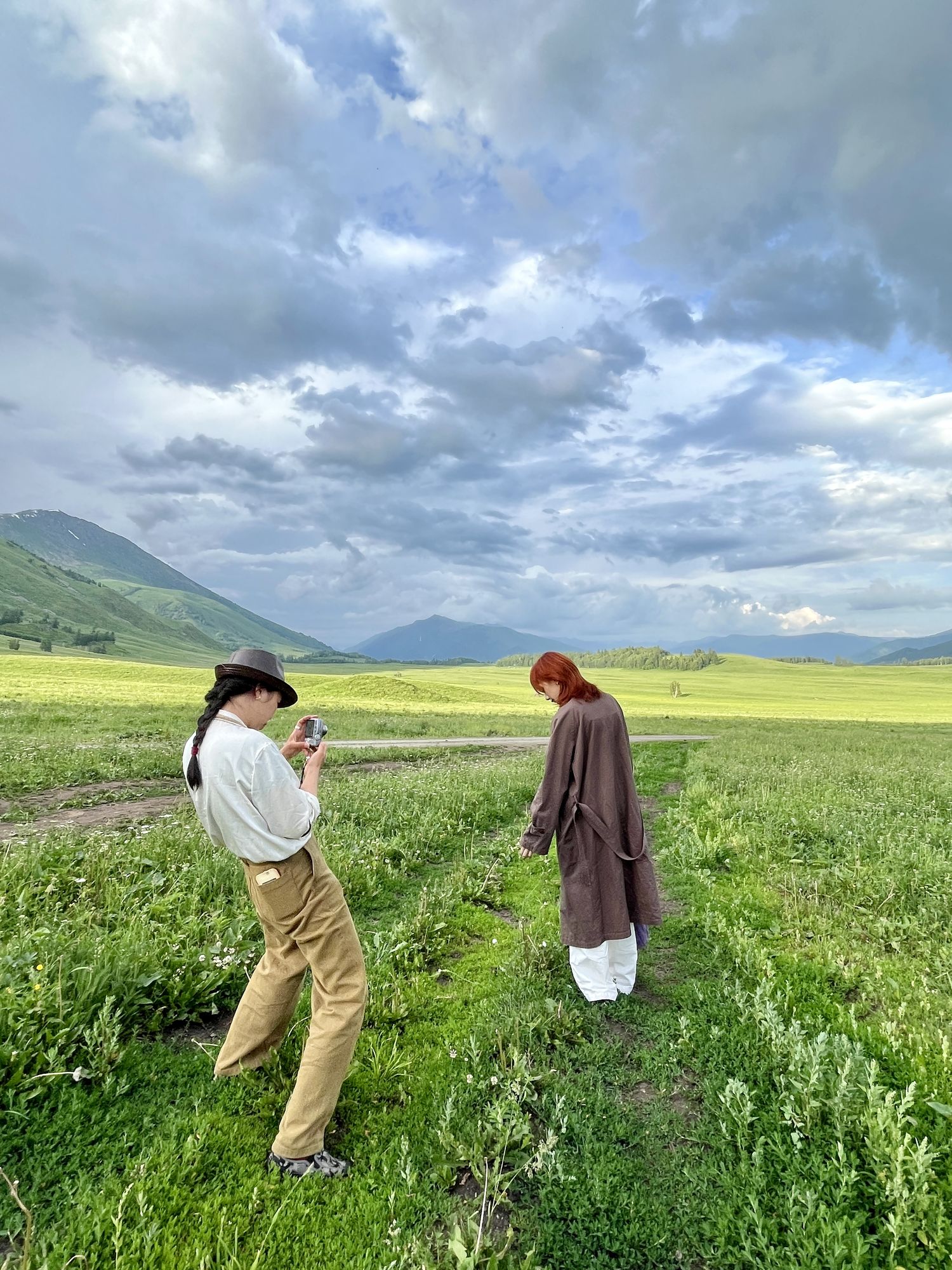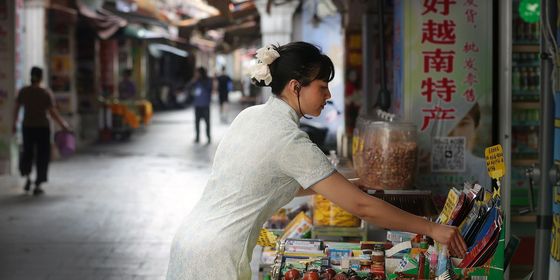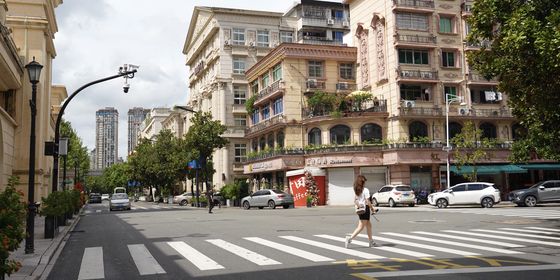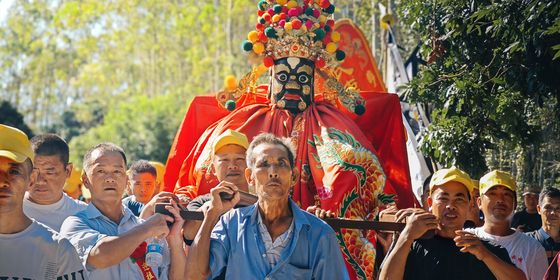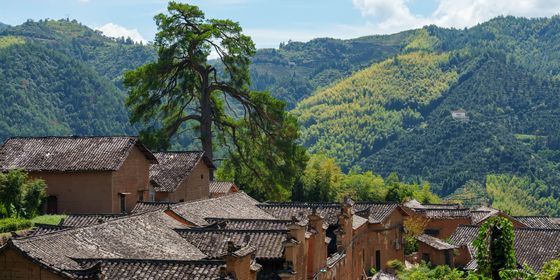As Xinjiang’s Altay rises as a trendy escape for urban youth, a long-time resident captures life in the local villages
The Altay region is tucked into the northwestern tip of China, a remote corner far from the country’s bustling megacities. With its high latitude, summer is ephemeral, yet each summer day lingers. The sun sets after 10 in the evening, with darkness not falling until nearly midnight. By six in the morning, the sky is bright once more.
It’s my second year living here in the Meilifeng village, nestled in the Altay mountains. What was meant to be a short stay to recover from health problems turned into a long one—I was completely captivated by the natural beauty here. My host is a Kazak auntie who keeps a tidy wooden house.
Surrounded by forests, grasslands, and creeks, Meilifeng village lies just a few kilometers from Hemu village, a better-known tourist destination. Bathed in ample sunshine, wildflowers bloom throughout the season, changing the scenery day by day. Autumn arrives as early as August, bringing the forage harvest, wild berries in the woods, and a bounty of wild mushrooms scattered across the forest floor.
Work on the prairie never ends. Villagers tend to their cattle, horses, and sheep; some keep bees and harvest honey. I lend a hand with daily chores when I can and often look after the children during their school breaks.
In 2024, the hit TV drama To the Wonder, adapted from Xinjiang writer Li Juan’s 2010 essay collection My Altay, turned the region into a trendy tourist destination. Many villagers in Meilifeng have since started running homestays. I haven’t watched the show, but Li’s writing resonates deeply with me, especially her reflection on the fading traditional nomadic lifestyle.
I use my smartphone and a CCD camera to capture warm moments from daily life and share them on social media. Many of my followers, mostly urban youth, say they dream of living this kind of life. But I also want them to understand: behind the beautiful, serene images lies a life that’s just as tough—if not tougher—than their own.
To show more people the real Altay, I also host guests from across the country. Many of them are young women who have reached out to me through social media. Unlike a typical customized tour, we don’t follow a fixed itinerary. Instead, we live like the locals—sleeping on a large communal bunk in the auntie’s woodhouse, drinking fresh goat milk, and eating Kazak food. For activities, we either ride horses or simply go for a stroll.
I hope I haven’t romanticized the local life. But my pictures truly reflect what I feel—there’s a sense of poetry and warmth in this simple life that modernity often overlooks.
When Youth Tourism Meets Village Life in Altay, Xinjiang | Photo Story is a story from our issue, “Smart Nation.” To read the entire issue, become a subscriber and receive the full magazine.
